First Life with David Attenborough – Arrival BBC (2010)
BBC’s First Life is a marvelous encapsulation of life’s evolution in two episodes. Episode one “Arrival” covers major events until the Cambrian Explosion. If you are here because you want to know about the origins of life you may be slightly frustrated. The episode will briefly mention underwater hydrothermal vents as possible locations that life may have started and will mention about stromatolites which appeared in geological history around 3.5 billion years ago and that’s it. It will not talk […]

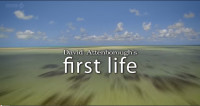
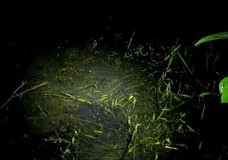

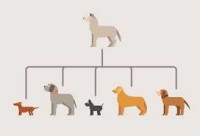
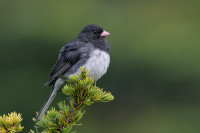
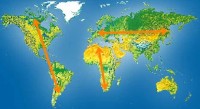
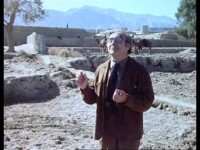
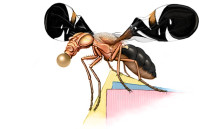
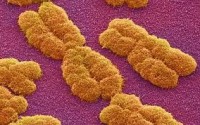
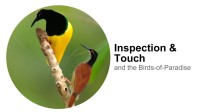
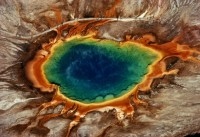
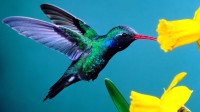
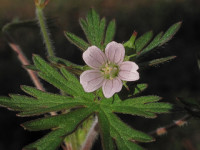
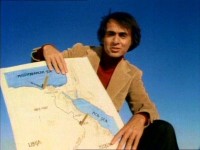

Recent Comments